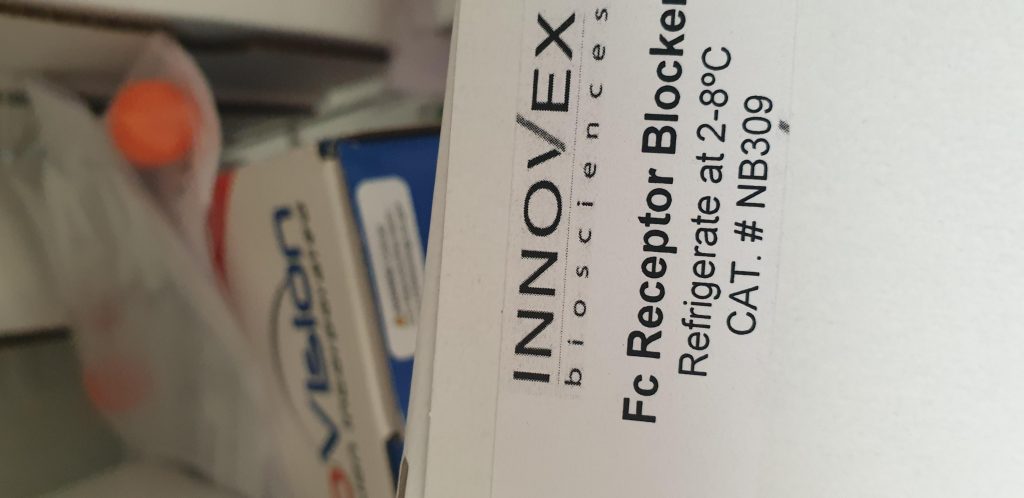What are Indigenous bacterial flora and probiotics?
Humans have different microorganisms, depending on their organization. Most of the microorganisms are contained in the gastrointestinal tract (GIT), and this gut microbiota represents approximately 1014 cells corresponding to the highest bacterial density for any ecosystem. Our microorganisms represent a huge variety in terms of species and function. A healthy gut microbiota is composed of a balanced society of 3 permanent residents (with beneficial effects), symbiosis (no effect), and pathobionts (potentially under certain circumstances Called pathogens, not induce pathology). It is not clear if such a bacterial flora imbalance is the cause or the result of the disease, but long-term enterotoxiosis (microorganism imbalance) is associated with many different types of disease states. Today, the challenge of linking microorganisms to human health and disease is a different research team around the world aimed at investigating the potential beneficial bacterial implications that may be diminished in the patient research plexus Is addressed by. From this point of view, it was interesting to use them as probiotics that could try to solve dysbioses.
This chapter describes the stress response of probiotic lactic acid bacteria in relation to the robustness of the gastrointestinal (GI-) tract. A brief overview of some newly developed tools to understand and improve the probiotic stress response of the model L Talam WCFS1 in relation to its GI persistence. These can be modulated by relatively simple GI tract assays and reserves, and at the transcript level (eg, GI tract survival), which allows identification of transcriptomic trait matching genetic robust markers that correlate the trait of interest Adaptation and / or genetic engineering to improve robustness, including development. In addition, in-situ delivery matrices of certain additives can improve the relative resistance of bacterial strains specific to deleterious conditions that they can occur in different regions of the GI tract. Also, a methodology that allows molecular quantification of a single strain within a mixed bacterial population using engineered sequence tags, or naturally, in combination with next generation sequencing, generates discriminatory gene alliances. Offers another powerful tool for robustness assessment. Finally, the stress response of probiotic culture is discussed in relation to the improval of some future directions for the study of GI tract, developed from the perspective of their GI persistence and probiotic performance .
